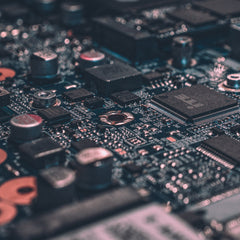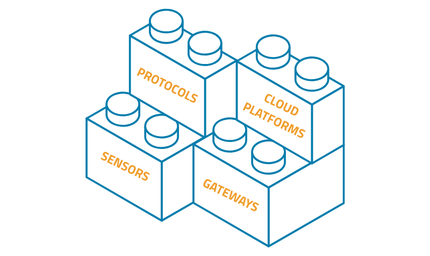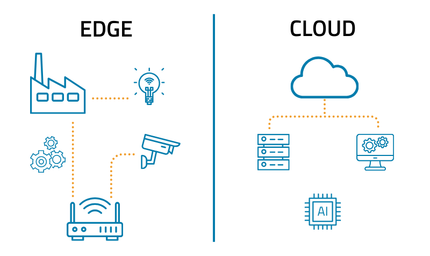Cloud computing has become a foundational element in the evolution of the Internet of Things (IoT). As the number of connected devices continues to grow, so does the need for scalable infrastructure that can manage data, streamline communication, and improve system performance. This is exactly where cloud-based IoT platforms excel.
By leveraging cloud services, IoT systems can process data in real time, scale efficiently, and support remote management across vast device networks. In this post, we’ll break down how cloud IoT solutions enhance connectivity, security, and long-term flexibility.
Scaling IoT with Cloud Computing
The most pressing challenge in IoT isn’t just connecting devices—it’s managing what comes next. Each connected device generates data, often at high frequency. Storing, processing, and reacting to this data requires infrastructure that can scale as fast as the network itself.
IoT cloud services solve this by providing virtually unlimited storage and compute capacity. Whether you're managing a handful of sensors or thousands of endpoints, the cloud can scale on demand without requiring additional local hardware. For organizations designing connected products, custom IoT solutions for scalable system design ensure that infrastructure evolves with demand rather than holding it back.
How Cloud Services Improve IoT Connectivity
A key advantage of cloud-based IoT platforms is their ability to act as a central hub for device communication. Instead of relying on localized, hardware-dependent links, connected devices can sync and share data over secure cloud networks.
This improves multi-device coordination and enables consistent communication across geographies, facilities, or even industries. When devices are part of a shared cloud environment, data from one product or location can inform decisions elsewhere, resulting in improved efficiency and responsiveness at scale.
Real-Time Data Processing with Cloud-Based IoT
Edge computing plays a role in filtering and pre-processing data, but much of the analytics and long-term decision-making happens in the cloud. Cloud IoT solutions enable high-speed processing of sensor data, user inputs, and system states across massive datasets.
This real-time capability supports use cases like predictive maintenance, adaptive energy usage, and automated alerts. Cloud infrastructure ensures that insights are generated without overburdening the devices themselves.
Enhancing IoT Security with Cloud Infrastructure
Security is a constant concern in connected systems. One of the major benefits of IoT cloud services is centralized security management. Cloud providers often offer robust, regularly updated security features such as encrypted data transmission, access controls, and intrusion detection.
This setup reduces the risk of fragmented, device-by-device security configurations. It also makes it easier to enforce updates, monitor threats, and ensure compliance across the entire network.
Scalable Cloud Solutions for IoT Device Management
Managing firmware, provisioning new devices, and monitoring fleet health all require strong backend systems. Cloud-based IoT platforms provide built-in tools for overseeing device performance and pushing updates at scale.
This remote management capability simplifies support and extends the lifecycle of each product. It also reduces dependency on manual user intervention, making devices more reliable and autonomous in the field.
Conclusion: Why the IoT Needs the Cloud
As IoT continues to expand across homes, factories, cities, and global supply chains, the need for robust, adaptable infrastructure will only grow. Cloud IoT solutions offer the scalability, security, and real-time performance that connected systems depend on.
Whether you're managing data from a single product line or a global device ecosystem, cloud services provide the flexibility and power to keep your IoT deployment responsive, efficient, and ready for the future.






